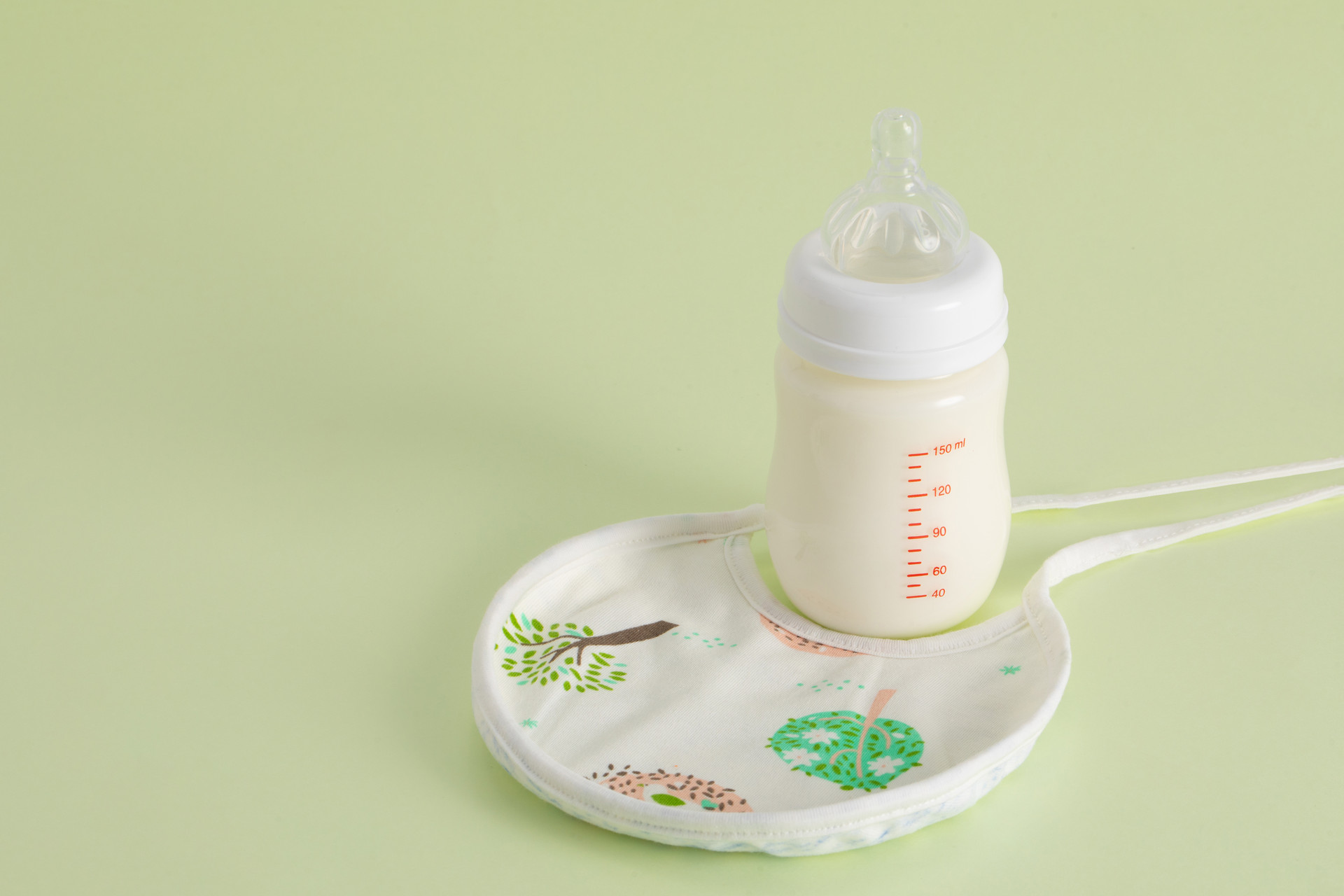
In the coming of autumn, there is an increase in cases of diarrhea among infants and young children. This type of diarrhea is most common in infants and young children aged 6 months to 2 years. Autumn diarrhea in infants and young children is an acute enteritis caused by rotavirus. It is characterized by sudden onset, severe symptoms, high fever, respiratory symptoms, frequent vomiting, frequent diarrhea with watery or egg drop soup-like stools, often accompanied by dehydration and metabolic acidosis.
The main route of transmission for autumn diarrhea is through the digestive tract. After infants and young children are infected with rotavirus, the disease usually occurs 1-3 days later. Almost every child experiences vomiting at the onset of the disease, which lasts for 2-3 days. Most affected children have a fever, with temperatures ranging from 38°C to 40°C, lasting for 1-4 days. Diarrhea occurs two days after the onset of the disease, with approximately 10 bowel movements per day. The stools are watery or resemble egg drop soup, with a greenish or milky color and may contain a small amount of mucus. There is no pus, blood, or foul odor. This disease is self-limiting, with diarrhea typically resolving within 4-7 days after the onset of the disease. In a few cases, diarrhea may persist for more than 20 days. Some children may experience sudden death, which may be related to concurrent myocarditis. The care of children with diarrhea should mainly focus on the following five aspects.
Prevent dehydration
You can make a homemade rice soup with salt solution or oral rehydration salt for the child to consume. When feeding the child, be patient and feed in small amounts multiple times, giving 10-20 milliliters with a spoon every 2-3 minutes. This accumulates over time, and dehydration can be corrected within about 4-6 hours. If the child cannot tolerate oral rehydration or the severity of diarrhea worsens, the child should be taken to a pediatrician for intravenous fluid replacement. If the child continues to cry incessantly, the possibility of intussusception or hernia should be considered.
Avoid cold exposure
Due to the increased intestinal peristalsis caused by diarrhea, exposure to cold temperatures can worsen the condition. Therefore, special attention should be paid to keeping the child's abdomen warm. Parents can use a hot water bottle to apply heat to the child's abdomen or gently massage the child's belly to relieve abdominal pain.
Adjust diet
Regardless of the severity of the condition, there is no need to restrict food intake. As long as the child has appetite, encourage them to eat. During the acute phase, the frequency of breastfeeding can be reduced, and the duration of each feeding can be shortened. The child can also consume milk mixed with an equal amount of rice soup, etc. If the child has severe symptoms and dehydration, they should seek medical attention promptly. After the child's nutritional status improves, the diet can gradually be restored, starting with small amounts and gradually increasing the consistency.
Use medication with caution
Autumn diarrhea is caused by a virus, and antibiotics are not only ineffective but can also kill normal intestinal flora, leading to dysbiosis and worsening of diarrhea.
Practice good hygiene
Rotavirus infection can be transmitted through oral-fecal route. Before parents feed their children, it is essential to wash their hands thoroughly. Additionally, since the virus can also be excreted in the feces, it is important to wash hands after changing diapers or handling soiled items to prevent reinfection. Furthermore, it is necessary to strengthen the care of the child's buttocks, timely change diapers, wash with warm water after each bowel movement, and apply some vegetable oil or tannic acid ointment to protect the skin and prevent diaper rash.











